"The Tesla P90DL has rewritten the rulebook. Without an engine, without a fuel tank. Without noise, vibration or metal-on-metal resonance. Tesla has redefined for us what it means to drive. And we don’t only WANT one at a "
BMW M3: The past, the present, the future
The M3 has come a long way
My first memory of an M3 was when my mate’s mum rolled-up in an E36 convertible. It must have been close to brand new at the time and I remember stopping to gawp – at the car. Top down, sunshine gleaming off its techno violet body and the smooth low drone of its straight six powerhouse.
I’d always been a huge car fiend as a child but hadn’t really shown much interest in BMWs until that point. Having grown-up around Vauxhalls, Fords and MGs, the German kingpin seemed a little bit too lux and serious for the likes of us. As my dad would say, “a yuppie’s car”.
After dusting my old Auto Traders and automotive books off I turned my attention to the M3 and discovered that I had been right all along, it was too lux and serious for the likes of us!
Nevertheless the obsession had taken its stranglehold and the iconic M3 had soon become my dream car. To many people, the M powered 3-series has morphed into so much more than a machine. It’s an infectious drive, a cult with legendary status and to other manufacturers, a benchmark.
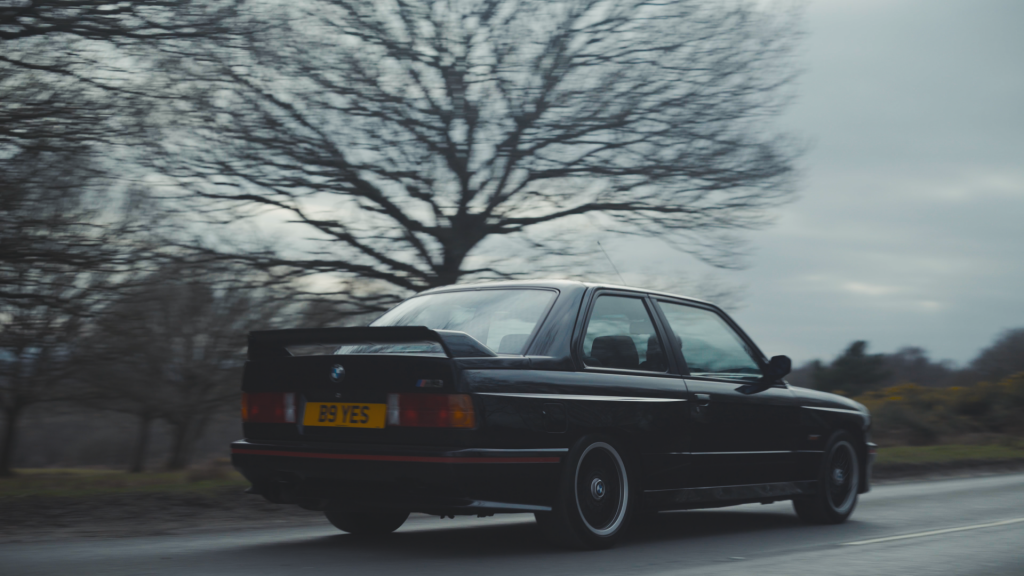
The M3 badge first burst onto the roads in 1985 as a souped-up version of the E30 3-series, a homologation special built so that BMW could compete on the tracks. Its success in motorsport was unrivalled (at the time) and thanks to its mean beefy looks and hot-hatch destroying performance, a huge boost for brand BMW. By modern standards the first M3 was not a fast car. The initial models produced 200bhp from their 2.3-litre 4-cylinder engines before the Evolution model came along with updated components and output. It’s worth noting that these Evo models can now fetch north of £100k when sold. It’s an indication of just how amazing this little saloon was.
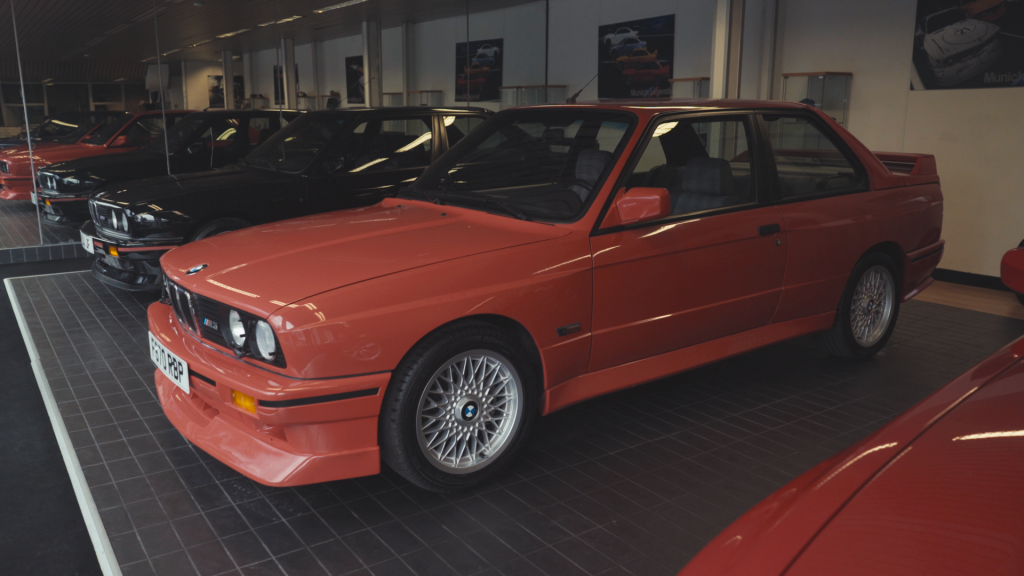
The M3, along with BMW’s M division, has grown and developed over the years, but the car’s prestige and status has remained the same. Pure driving passion with precision engineering is at the heart of everything they do.
The 90s saw the arrival of the E36. The Max Power pin-up. Although more of a production car than the E30 it too enjoyed some success on the race track. Huge power gains, right-hand drive specification and increased availability made the model a great success in the UK. Finding one of these models in prestine condition is becoming harder and harder as many ended-up as track cars, drift merchants and more than likely, ‘parked’ in hedgerows.
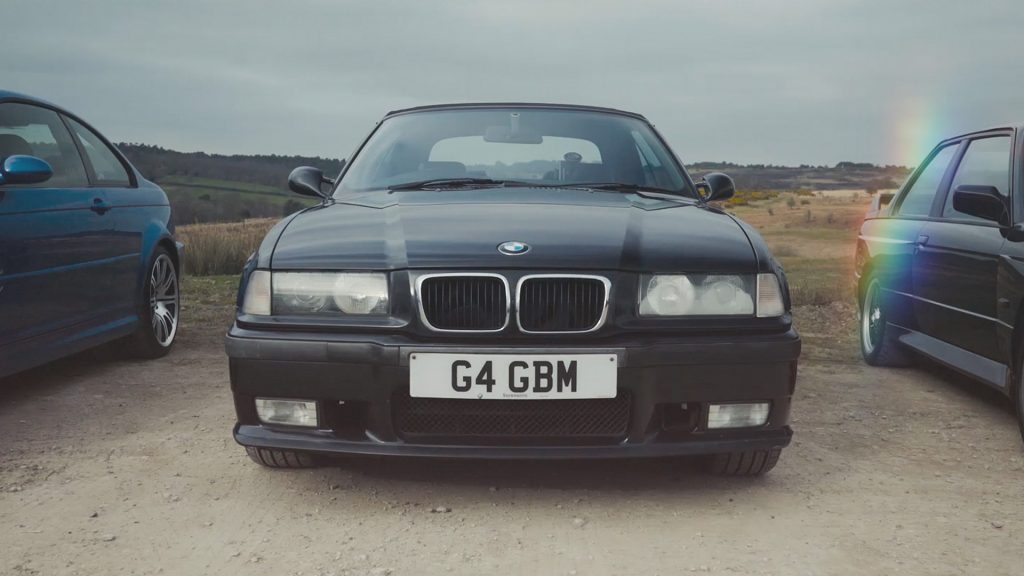
By the time the E46 came along the M3 was now even more of a monster. Every last horse was wrenched from its 3.2-litre straight six engine – 340 of them to be precise. It was perhaps also my favourite styling of the M3 to date. Chunky wheel arches, quad exhausts that screamed, wide rear tyres and a sexy ‘power dome’ on the bonnet to help fit the enormous engine in. These were all things that helped keep it perched at the top of the pile when it came to high-performance saloons, despite huge competition from Audi’s RS4 and Mercedes’ beastly C63. Both cars boasted high power-output and incredible street cred but neither carried the rigor or pedigree of the BMW M3.
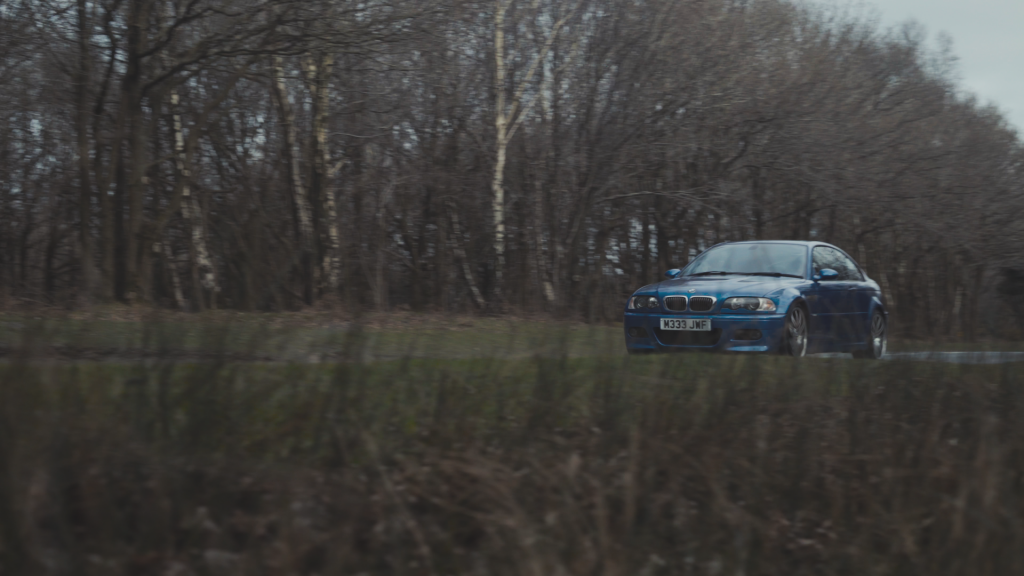
As with previous generations the new E90/92 model, launched in 2007, introduced another new engine. BMW’s now famous straight six engine was replaced by an insanely high-revving 4-litre V8 that produced over 415bhp. This huge power plant was just about squeezed under the bonnet and despite some initial outrage from hardcore straight six fans it soon became a massive commercial success. The M3 yet again set the benchmark for fast saloon cars and the E90 was raved about by critics and consumers across the globe. BMW had to keep with the times if it was to fend off more and more serious competition. Not just from German manufacturers but all over the world.
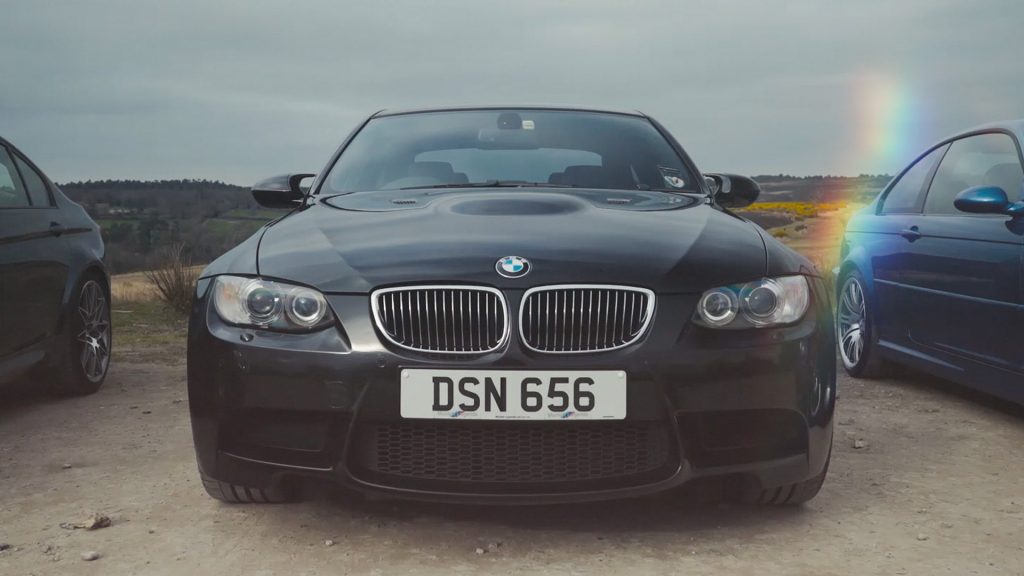
The decades had flown past and those sleek and, by recent comparison, small cars from the mid-80s started what has gone on to create a monumental legacy for BMW. It’s hard to believe that just 18,000 E30s were ever produced.
Each new generation of M3 that has followed has had big shoes to fill. That, along with more equipment, more technology, more creature comforts and more EU efficiency regulations has brought the model to where it is today. A much bigger, and arguably, much better car – on paper at least.
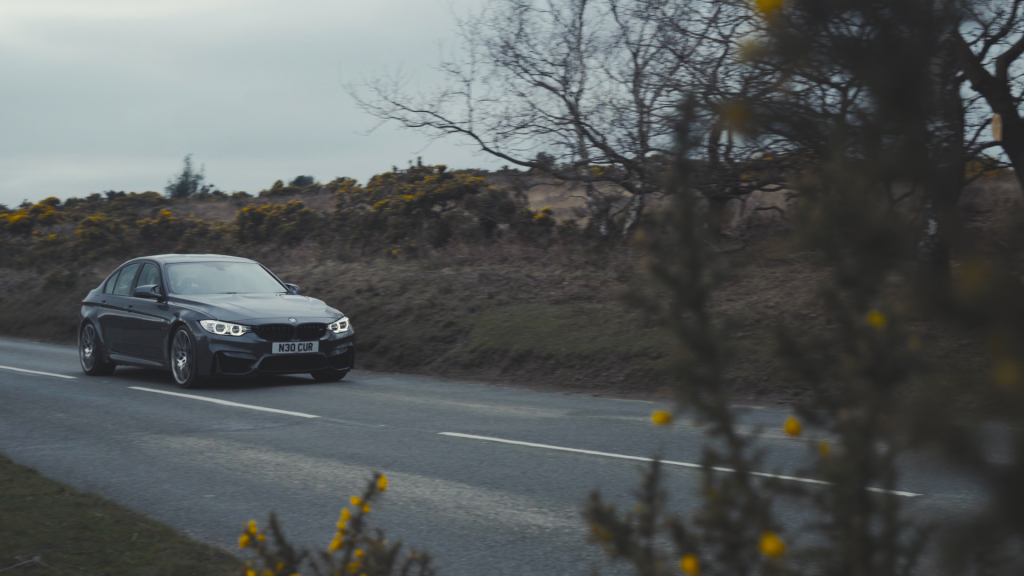
The F80 was conceived in 2014 and for the very first time, moved away from naturally aspirated engines with its 3-litre twin-turbo. The DCT model shifts from 0-60mph in around 4 seconds and is now a completely different animal to the E30 and E36. On paper, and in practice, it is an incredible car to own and drive, regardless of BMW’s decision to split the brand into M3 (four door) and M4 (2 door) – which has arguably diluted the M badge somewhat. The F80 model is utterly sublime on every level. Just like the four generations that have gone before it has speed, it has looks, it has amazing weight balance and it has that extra something that makes you know you have an M3 badge on the back of your car. However for the first time ever there’s a collective sense amongst M fans that’s left them feeling nostalgic. Something is making us pine for the past.
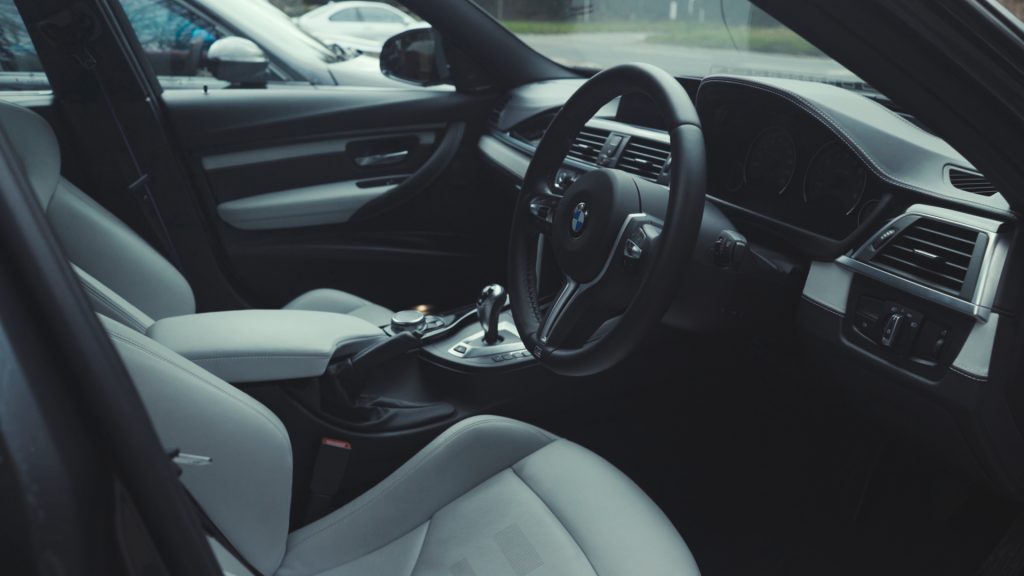
Perhaps this is reflective of the car industry in general, for petrolheads around the world are wondering what’s next for our cars? Where are we headed? Electric motors, efficient turbos and cars that run on faux-green politician’s hot-air are likely the answer. And it’s probably the right answer if we are to save our planet and drive safer cars. But where does that leave something as eccentric and indulgent as the BMW M3?
A car that has secured its place in hearts and history books, but what now for its legacy?
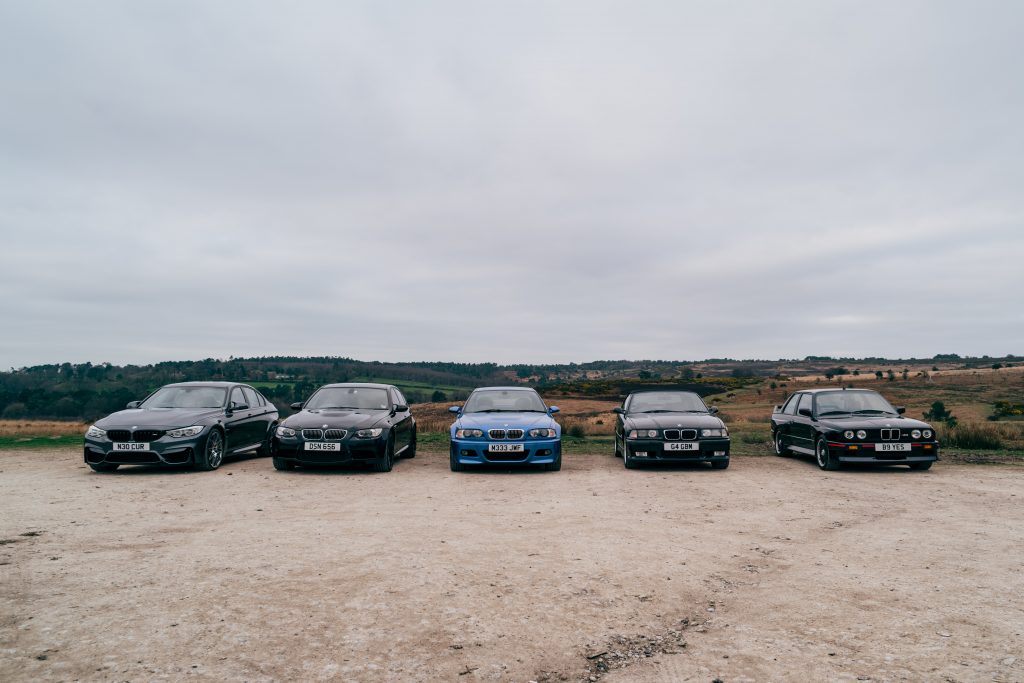
CLICK TO ENLARGE












I had the pleasure of a late E92 M3 for 2½ years, and loved it. When time came to replace it, I drove the new M3 and M4. For me though, the magic had gone with the introduction of the turboed engine. The sound of that V8 at 8000 rpm was no longer there, and all that’s left is an over-refined brute. I’ve moved to another make….
Looks great on paper, with impressive figures which it does not deliver in practice, unless one is prepared to suffer enormous repair costs. A little like a Rolex; appeals to poseurs, rather than doers.